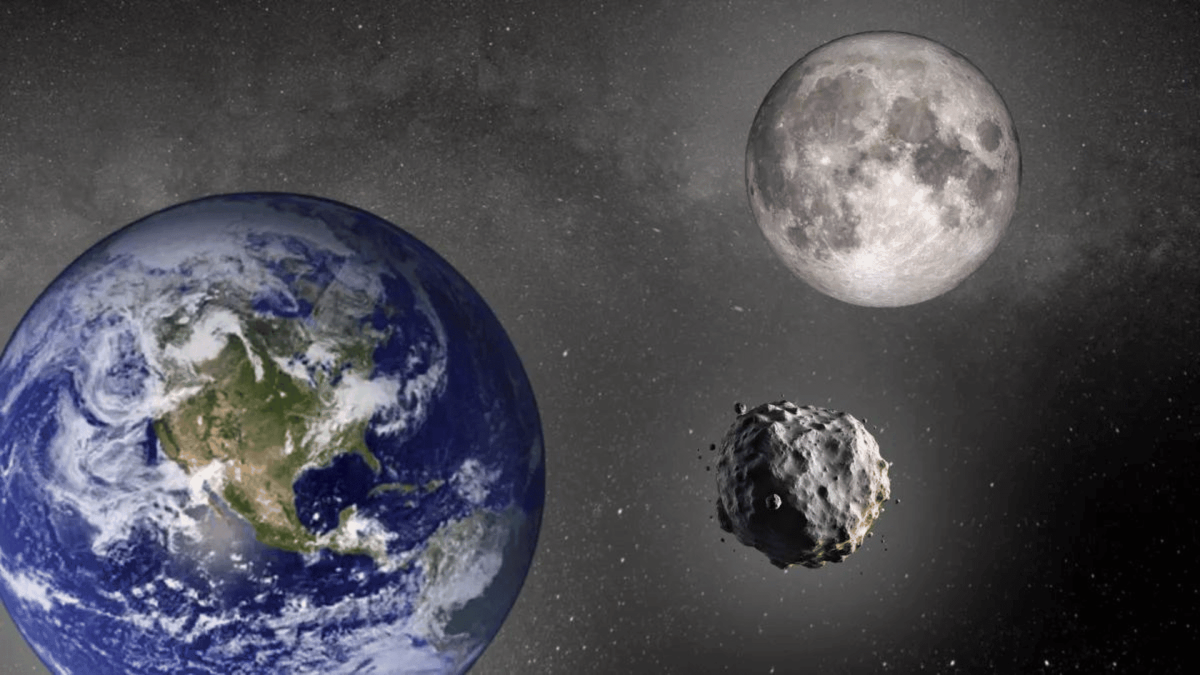Astronomers have confirmed that Earth has temporarily captured a small asteroid, creating a second, although temporary, moon! The space rock, known as 2024 PT5, was pulled into Earth’s orbit on September 29, 2024, and will remain a mini-moon until November 25, 2024.
2024 PT5 is only about 33 feet (10 meters) across, making it far too small and dim to be visible to the naked eye. However, scientists are excited about the asteroid, which is now caught in a rare, temporary orbit around our planet.
Discovered by the ATLAS (Asteroid Terrestrial-impact Last Alert System) observatory in South Africa on August 7, 2024, 2024 PT5 has become the latest in a small group of asteroids to be captured by Earth’s gravity. Unlike larger moons, like our familiar satellite, these mini-moons don’t stick around long. This one will make a few loops before breaking free and resuming its journey around the Sun.
This isn’t the first time Earth has grabbed a space rock for a brief frolic. Similar mini-moons were discovered in 1981 and 2022, most recently with the asteroid 2022 NX1, which followed a nearly identical path.
Though the idea of a second moon sounds like something straight out of science fiction, 2024 PT5 is unfortunately too dim to spot with most telescopes. According to astronomers, its size and distance give it a magnitude of 22, meaning it’s invisible without professional equipment. “The object is too small and dim for typical amateur telescopes and binoculars,” Complutense University of Madrid professor Carlos de la Fuente Marcos explained. “However, the object is well within the brightness range of typical telescopes used by professional astronomers.”
For scientists, though, the real excitement comes from the study of such small objects. Near-Earth asteroids like 2024 PT5 belong to a group called Arjuna asteroids, which follow orbits around the Sun that are very close to Earth’s. Occasionally, these space rocks pass close enough to get temporarily caught by our planet’s gravity.
And, in case you were wondering, there’s no need to worry about 2024 PT5 crashing into Earth. NASA quickly removed it from its risk table after confirming its path. While it will stick around until late November, it’s expected to fly by again in January 2025 – and maybe even again in 2055, according to calculations!
Although it won’t be with us for long, this mini-moon serves as a reminder of just how lively our corner of the solar system can be. For now, Earth’s little companion will continue its journey overhead, offering us a brief glimpse into the wonders of space. Keep your eyes on the skies – even if you can’t see this particular visitor!






















Mark W Dixon • Oct 11, 2024 at 8:05 pm
Are we sure it’s not the Death Star?
Asking for a friend.